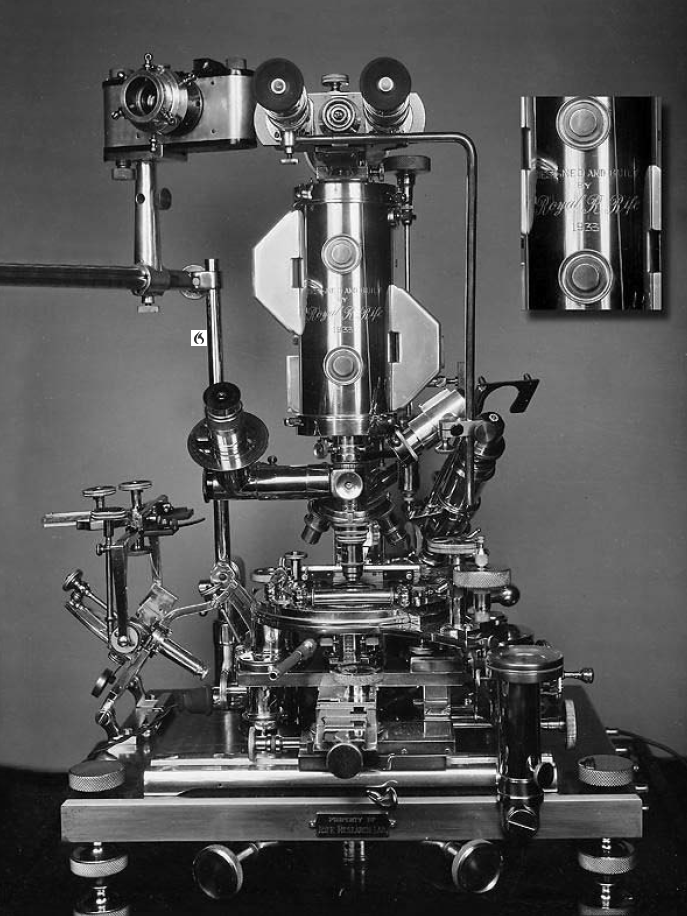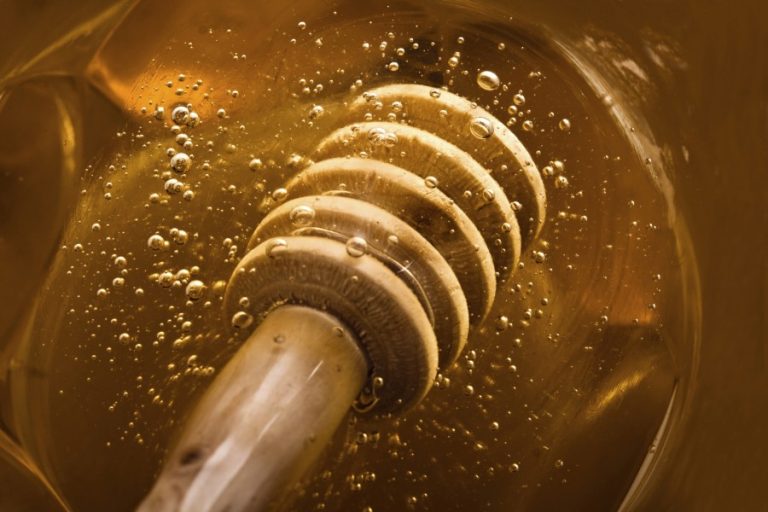Biofeedback
All living things monitor and respond to their environment. The purpose for the senses is to provide the central nervous system with sources of information about environment. When the environment is internal, and the intent is self observation or regulation, the monitoring is biofeedback. Technology allows monitoring of internal sources for nearly silent and invisible information and converts it to visual or auditory feedback to provide the user or subject a new basis upon which to act. As a result, autonomic functions can be moderated, as well as new therapies learned.
EEG
The electroencephalograph (EEG) was called a machine for charlatan when it was first innovated. Today, many MD offices have one, as it’s very useful in finding epilepsy, tumors in brain , and in determining brain death. However, few MD’s use it for biofeedback training, and even fewer are knowledgeable about this usage.
There are several different frequency bands of very small voltages come from the brain. Electrodes are placed on few spots on the head with a conductive gel or paste, and using very sensitive amplifiers, we can measure brain waves in frequency and amplitude.
Brain waves
There are several bands (named by early researchers), and each band is somewhat different from the other, depending on the state of mind of the subject. Because of individuality, these bands overlap to some extent, and the definitions of them may vary somewhat. These bands are:
Delta waves (0-3 Hz) are characterized by deep dreamless unmoving sleep.
Theta waves (4-7 Hz) are sometimes used to train subjects towards hypnotic and meditation trances. It has also been used for healing purposes.
Alpha waves (8-12 Hz) are produced when one is in a very relaxed state of mind. It is probably most recognized as that state reached while watching TV, in a meditation, or under hypnosis.
Beta waves (12-38 Hz) means that the brain is active. It is actually thinking. There are a few very important subdivisions of Beta. Low Beta, (12-16 Hz) is characterized by good steady thinking. The specific frequency band of 12-14 Hz is now more often called SMR (Sensi Motor Response), and is the focus of ADD/ADHD training. Low amplitude of brainwaves in this region is a symptom of ADD/ADHD (and many other emotional disorders that are helped or eliminated by biofeedback training in this range). It has been found by a very few researchers that biofeedback training above this range (higher beta) can sometimes increase symptoms of ADD/ADHD. These studies are controversial, however the system normally used inhibits these frequencies anyway.
There is also a gamma waves (above 40 Hz), but it’s not of interest to us in this training.
If you hook up anyone to a biofeedback machine, you can see the complex waveform coming from the brain, sort of like a repeating graph on a computer screen. This waveform can be filtered by electronic filters so that you can observe only a few of them. This allows training for the 12-14 Hz, and at the same time, keeping the HiBeta (20-38) low. This is all there is to it. The trainee sits at a computer, and concentrates on a screen, trying to raise one signal level while keeping the other low.
Ritalin and other drugs have side effects. It’s the same basic formula as the street drug “Speed”, and it is addictive.
There is some dispute as to whether the learning that takes place under biofeedback can be maintained once the feedback is removed. If the user is dependent upon external technology, then lack of the technology renders the learning unusable.
Auto-biofeedback
The technological tools of biofeedback are useful and doubtless in some cases irreplaceable, but not always essential. Our brain is set up with the feedback information we need to adjust our systems, if we will pay concentration to it. There are at least two levels of biofeedback accessible to the mind. The easiest is also the least lasting; it is sustained only for as long as it is attended to. The harder one has power that can be effective for hours or longer with only occasional attention.
The easiest biofeedbacks are mostly effective as a stepping-stone to the harder ones. They can serve by the fact that they give instant feedback on if you are doing it right or not. One such biofeedback is control over shivering. In cold weather, when you are shivering, think what it would feel like if the warmth of the sun were shining on your back, between your shoulder blades and your neck. Done correctly, you will immediately stop shivering, for as long as you imagine the warmth of the sun shining there. The reverse is also possible, if you are warm, you can make yourself shake by imagining what it would feel like if someone dropped snow down the back of your neck. A bit more useful, if you are subject to anxiety attacks, imagine what it would feel like if you drew an ice cube from the center of your lower lip, down your neck to your chest and stomach. Suddenly your heart is not racing, and you have control over yourself, from moment to moment at least.
The harder biofeedbacks are more difficult largely because they take longer to have an effect; where the easier ones are instant, the harder ones may take a quarter-hour to become noticeable. The likely reason for this is that you are altering your brain chemistry, rather than just your nervous system. The mind influences body chemistry through the hypothalamus and the pituitary gland. The body affects the mind through a host of interactions, known and unknown. Our modern society creates stresses that we are ill equipped to deal with, the endless need to adapt to constantly changing demands of the physical and social environment creates stress.
One effect stress may produce is a higher blood pressure. This is open to change by relaxing the blood vessels. There are several images that will work. One is to imagine the heat on your hands that you feel when washing dishes in hot water by hand. Another is to imagine the sensation in hands that you get when taking a long walk on a hot day. The key element is imagining your hands being hot. It does not matter if you imagine it for one hand or two, if you sustain the image in your mind it will spread to both hands and feet. The image in your head spreads to adjacent nerves. In any case it will take a while before your bodily response is obvious. It is not necessary to concentrate constantly, merely to bring it to the front of your mind from time to time. Factors that can get in the way of success: a cold environment, fear, anger. Your body responds to cold by protecting your trunk at the expense of your extremities. Fear, anxiety and anger have a similar effect as your body prepares to reduce blood loss in an emergency.
Our society can disrupt emotional supports, resulting in depression. Antidepressant drugs can take a couple of weeks to take effect. Biofeedback, if you do it correctly, can take effect in about a quarter of an hour. There are two problems with this biofeedback: the sensations can be displeasing at first, and it takes you to look squarely at your problems, even if you can do nothing about them at the moment. It helps if you can manage the biofeedback in the prior paragraph before you try this one. If you imagine the feel of a ball just filling the palm of your hand and keep that feeling in mind, soon you will feel the same sensation in your other hand, followed by that sensation on the soles of your feet. Not too long afterwards the same perception will be noticeable in the groin area. Finally, you will notice that muscles in your neck are pulling your head up, below your shoulders the muscles in your back bring your shoulders down, and muscles near your tailbone tighten up, your calf muscles tighten up and change your stance. Other effects are a somewhat lower voice, your cheeks come up a bit, and your nose may be less congested, while the muscles around your lips relax. Coordination becomes smoother. Problems may occur getting to sleep unless you let this biofeedback start dying out several hours before bed. Failure to accept that a problem exists can prevent this biofeedback from working.
Likely there are other biofeedbacks useful by similar means, the question is what sensations an what locations might trigger them.
During biofeedback training, you gain understanding of your stressors, your interpretation of the stressors and your physiological response patterns. You can learn how to change your physiological responses from abnormal to normal, how to realize tension responses and how to erase symptoms. You will understand the importance of daily practice. If your dysfunctional patterns and symptoms come back, you will have the ability needed to recover control. Biofeedback does take time and attention, but the skills acquired are well worth the effort.






